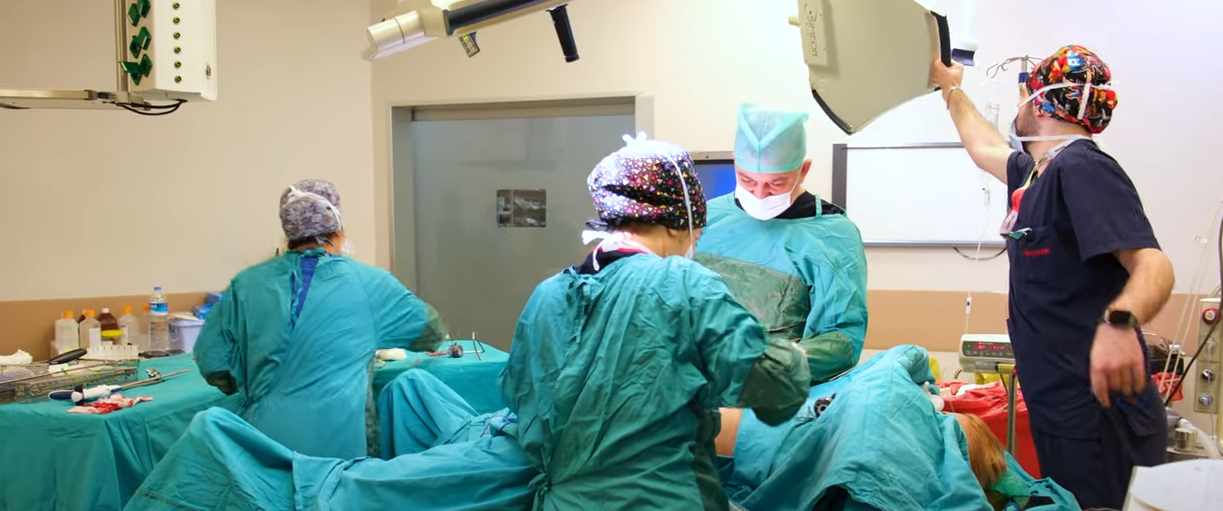
Roux en Y Gastric Bypass Surgery
Obesity and Metabolic SurgeryGastric Bypass surgery is one of the most preferred surgical methods in obesity surgery. With this surgery, the stomach volume is reduced and an additional connection is made to the small intestine.
The part at the beginning of the stomach is separated from the rest with the help of special devices, leaving approximately 30-50 cc. In sleeve gastrectomy, the separated stomach is taken out of the body, while the remaining large stomach piece is left in the abdomen. Later, part of the small intestines is bypassed and connected to the newly created small stomach.
This surgery can be performed with different surgical techniques such as Roux-en Y Gastric By-Pass (R-YGB) or Mini Gastric By-Pass with a single anastomosis. The junction of the stomach and intestine is determined according to the patient's weight and comorbidities.
In this way, patients feel full quickly with much smaller portions, and since nutrients pass through a shorter absorption path, their absorption decreases. As a result, effective and permanent weight loss is achieved with Laparoscopic Gastric By-Pass surgery. In addition, it provides effective, long-term and sometimes even permanent improvement in diseases such as hypertension and diabetes.
Patients should be monitored for element and vitamin deficiencies, similar to sleeve gastrectomy, and deficiencies should be replaced.
Gastric By-Pass surgeries are a more suitable treatment method for patients who have reflux symptoms that are not suitable for sleeve gastrectomy, have binge eating, sugary eating addictions, or have a higher body mass ratio.
What is Roux en Y Gastric Bypass?

During the surgery, the stomach is divided into two parts with a special stapler device, leaving a stomach volume of approximately 25-30 cc from the area where the stomach meets the esophagus. Thus, a small gastric pouch and the other part of the stomach are left behind. Afterwards, by measuring the length of the small intestine and determining the appropriate distance for the patient, the intestine is separated and a connection is created between the small intestine and the small stomach pouch with special devices.
The part of the intestine that brings bile and pancreatic secretions and the secretions from the remaining stomach part is connected to the small intestine further away from the gastrointestinal connection. Thus, the food coming from the esophagus passes into the intestine without visiting a large part of the stomach and meets with the bile and pancreatic secretion necessary for the absorption of nutrients in the future, thus bypassing the first part of the small intestine.